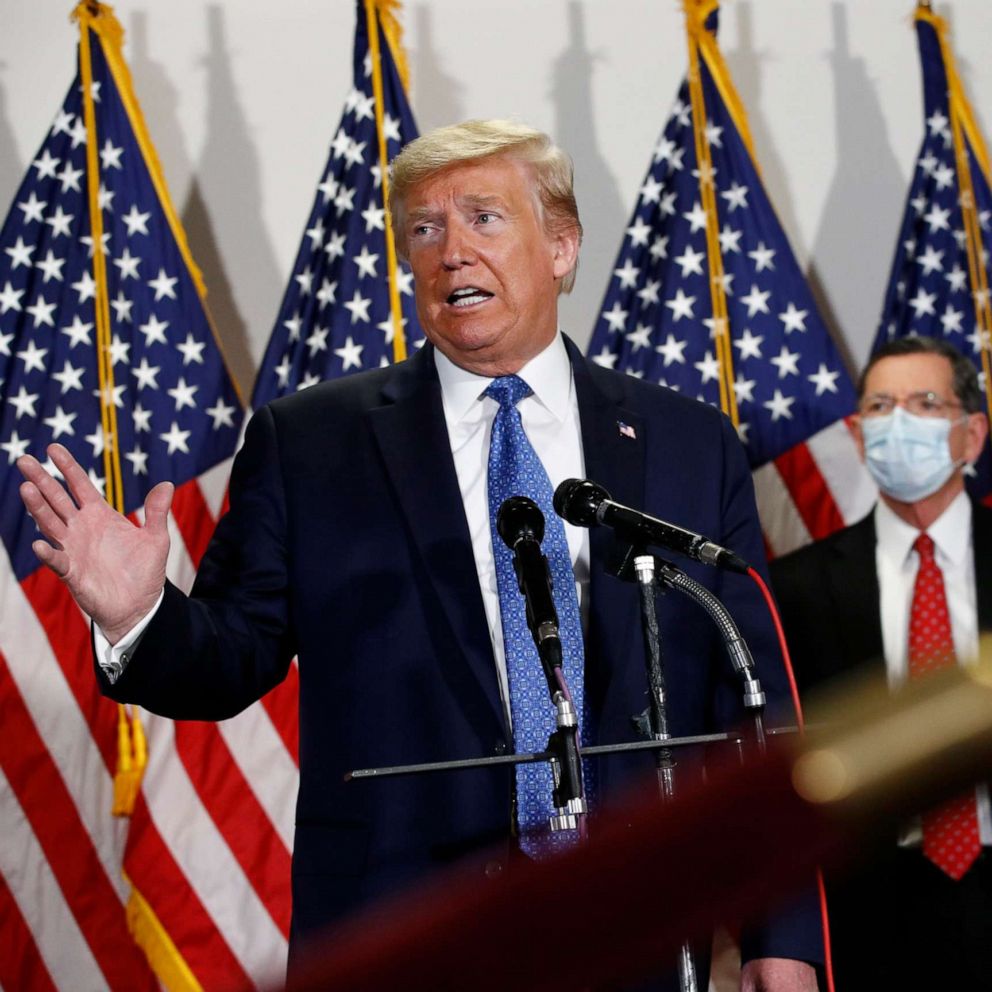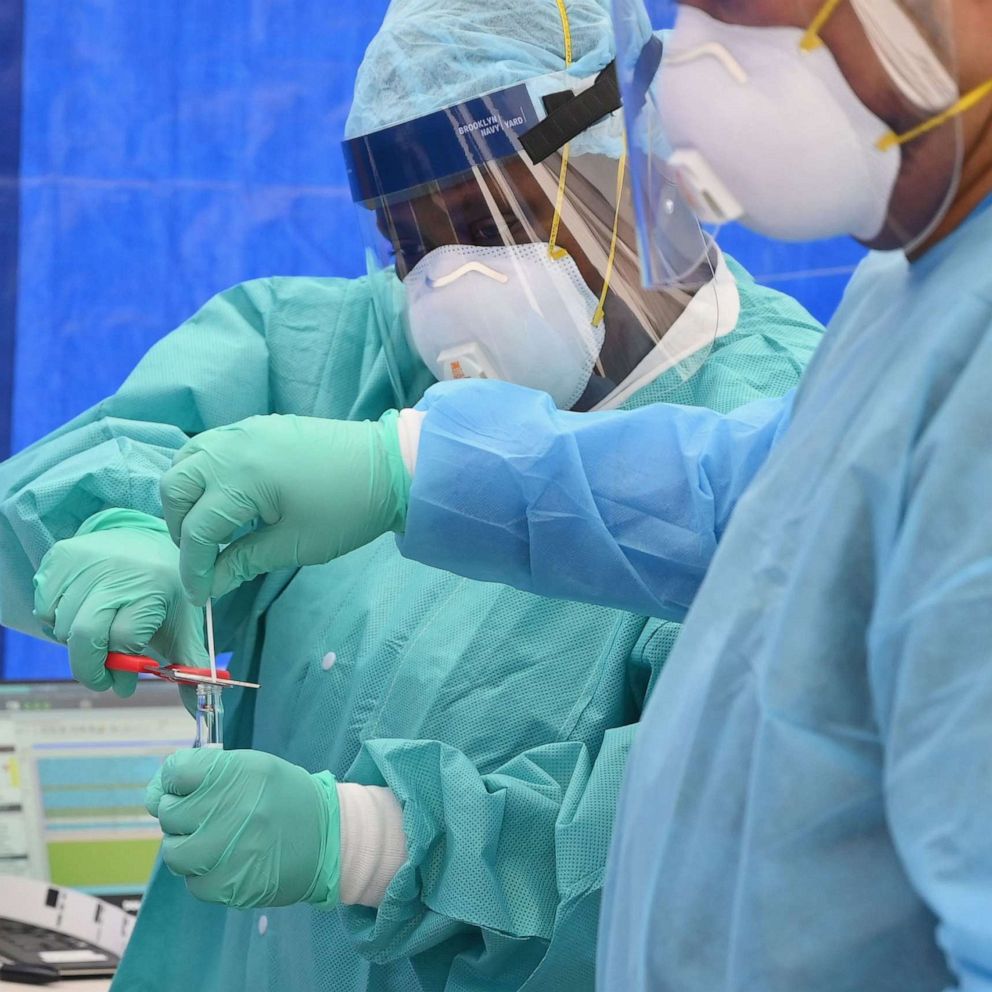Ultraviolet light to zap coronavirus on subways, buses
Scientists say UV light has been effective at killing the virus in hospitals.
Hailing it as a tested killer of the novel coronavirus, New York City transit officials announced on Tuesday that they are launching a pilot program using ultraviolet light to disinfect its subway cars and buses.
"To our knowledge, this is the first reported test of its kind, period," Patrick Foye, chairman and CEO of the Metropolitan Transportation Authority, said at a news conference where the technology was demonstrated.
The MTA will spend about $1 million to purchase 150 UV lamps from a startup company called Puro and begin the first phase of the experimental program in hopes of eradicating the COVID-19 virus from its fleet of subway trains and buses.
"UV is a proven technology that has worked effectively in hospital emergency rooms, hospital operating rooms, urgent care centers, universities and first-responder locations," Foye said. "I don't want to mislead anybody into thinking this is a cure-all. There is still much work to be done, but this is a significant and promising new development."
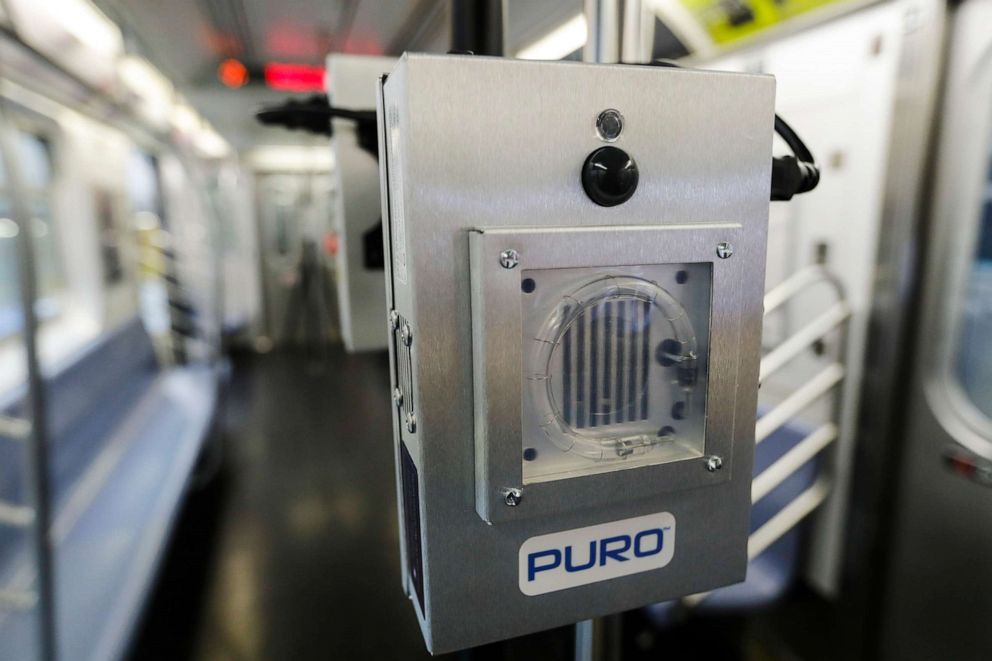
Ultraviolet light is a form of electromagnetic radiation that can zap germs.
"It's been known for more than 100 years, in fact, that UV light is incredibly efficient at killing both viruses and bacteria," said David Brenner, director of the Center for Radiological Research at Columbia University, who is advising the MTA on the pilot program.
Brenner said that in ongoing experiments at Columbia, scientists working in controlled laboratory sittings have exposed samples of SARS CoV-2, the COVID-19 virus, to UV light to measure its effectiveness in killing the virus, which research has shown can live on a bus or subway seat for up to 72 hours.
"The results have been very encouraging," Brenner said. "As scientists, we're going to repeat the studies, we're going to write them up for peer review. But it's certainly looking absolutely that UV light is very efficient for killing this virus."
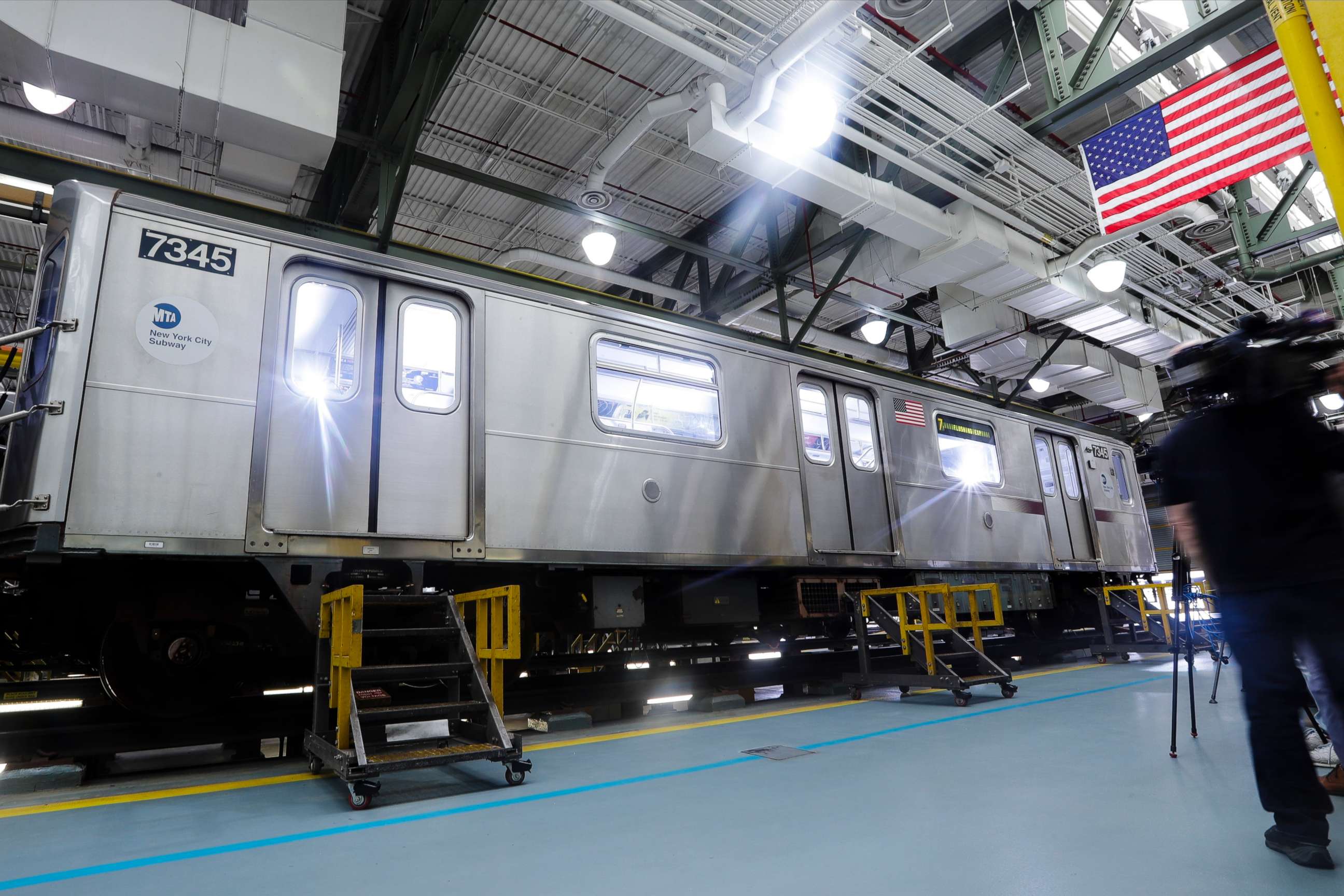
Earlier this month, New York Gov. Andrew Cuomo announced the first deliberate shutdown of the New York City subway system in 115 years in order to send out a small army of cleaners each night to disinfect subway trains, as well as police officers, social workers and nurses to help remove many of the homeless population that had been sheltering underground during the pandemic.
Foye said the laborious nightly process, which is costing "hundreds of millions of dollars," could be streamlined and made more cost-effective by the UV light program, with requires just setting up the lamps, closing the doors and turning them on.
The mission to make the normally 24-hour transit service safe for essential workers to ride has been continuing daily between the hours of 1-5 a.m.
"We are disinfecting at least 3,500 [subway] cars at least once daily to accommodate our essential service schedules. Some cars are being cleaned three, four, five, six, seven times per day because most trains are making multiple trips and seeing cleaners at each of those trips," said Sarah Feinberg, interim president of MTA New York City Transit.
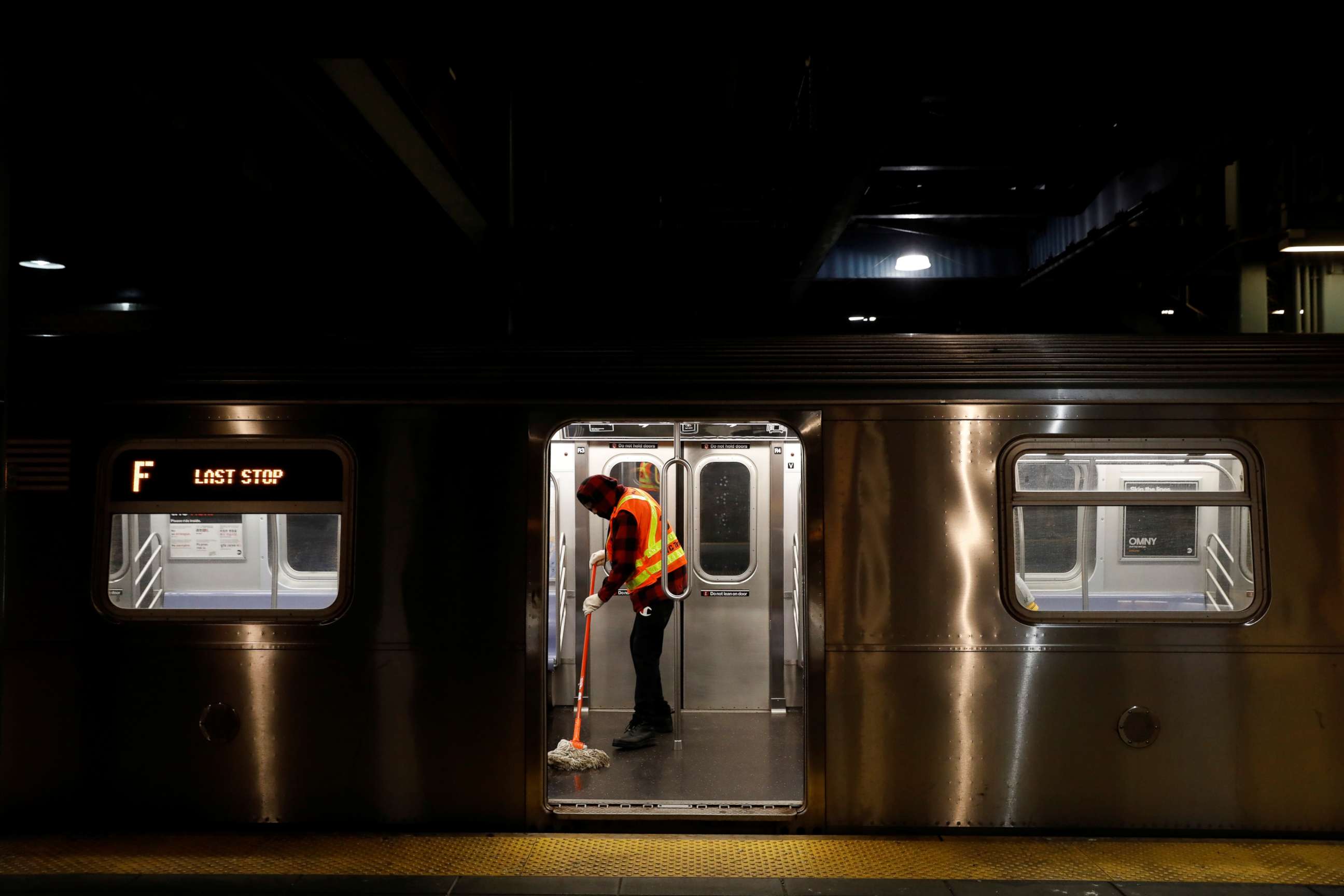
Feinberg said that since the early-morning deep-cleaning program began, more than 135,000 buses and 94,000 paratransit vehicles have been disinfected.
She said crews have also been using antimicrobials, cleaning agents that kill microorganisms, and electrostatic disinfectant sprayers to complete the work.
"As we've said from the beginning, we're taking an all-of-the-above approach to getting everything in our fleet as clean for our riders as possible," Feinberg said.
Mark Dowd, the MTA's chief innovation officer, said workers will begin using the UV light equipment next week at selected end-of-line stops to determine how best to deploy the program throughout the system.
He said that depending on the results, officials hope to expand the UV light pilot program to the Long Island Railroad and the Metro-North suburban commuter rail system.
"This has never been done as far as I know, in the scale that we plan on doing it, with the knowledge that it kills COVID-19," Dowd said.
ABC's Aaron Katersky reports for ABC News Radio:
What to know about the coronavirus:
- How it started and how to protect yourself: Coronavirus explained
- What to do if you have symptoms: Coronavirus symptoms
- Tracking the spread in the U.S. and worldwide: Coronavirus map
Tune into ABC at 1 p.m. ET and ABC News Live at 4 p.m. ET every weekday for special coverage of the novel coronavirus with the full ABC News team, including the latest news, context and analysis.
